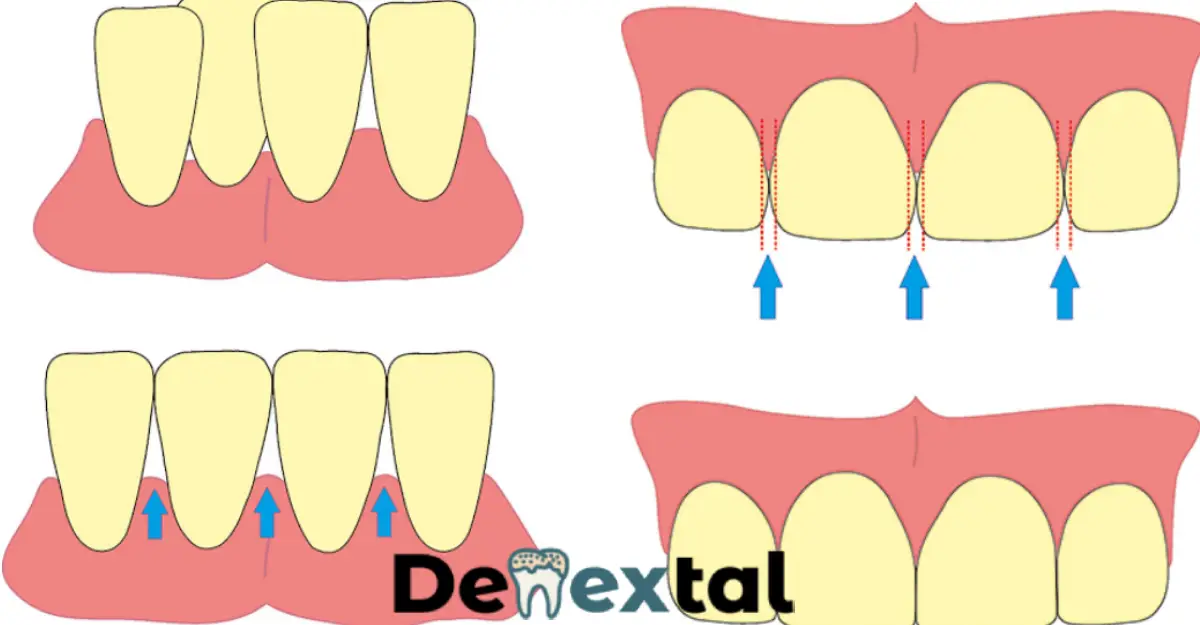Interproximal reduction is a dental procedure that can be used to improve the overall appearance of your smile. If you have overcrowded or misaligned teeth, or if your teeth are too large for your mouth, interproximal reduction may be the right option for you.
What is Interproximal Reduction?
Interproximal reduction, also known as interdental reduction, is a dental procedure that involves reducing the size of the teeth to improve the overall appearance of a patient’s smile. This procedure is often used in cases where the teeth are overcrowded or misaligned.
How is Interproximal Reduction Performed?
The procedure is typically performed by a dentist or orthodontist and involves the use of specialized instruments to remove small amounts of tooth enamel from the sides of the teeth. The reduction is usually done in small increments to ensure that the final result is both aesthetically pleasing and functional.
Who is a Good Candidate for Interproximal Reduction?
Interproximal reduction is typically recommended for patients who have overcrowded or misaligned teeth. It is also a good option for patients who have teeth that are too large for their mouths. In addition, the procedure can be used to correct bite problems, such as overbite or underbite.

Potential Risks and Complications
As with any dental procedure, there are potential risks and complications associated with interproximal reduction. These include tooth sensitivity, pain, and bleeding. In rare cases, the procedure may also cause damage to the tooth’s root. However, these risks can be minimized with proper care and by following the instructions provided by your dentist or orthodontist.
Recovery and Aftercare
After the procedure, it is important to take good care of your teeth to ensure proper healing. Your dentist or orthodontist will provide specific instructions for aftercare, which may include avoiding hard or crunchy foods, not smoking, and avoiding alcohol. It is also important to maintain good oral hygiene by brushing and flossing regularly, and to schedule follow-up visits with your dentist or orthodontist as recommended.
Cost of Interproximal Reduction
The cost of interproximal reduction can vary depending on the extent of the procedure and the location of the dental practice. It is typically considered an elective procedure, so it may not be covered by insurance. It is important to speak with your dentist or orthodontist about the cost and any financing options that may be available.
Alternatives to Interproximal Reduction
If interproximal reduction is not the right option for you, there are other alternatives that can be used to improve the appearance of your smile and correct bite problems. These include:
- Orthodontic treatment, such as braces or Invisalign
- Dental bonding or veneers
- Gum reshaping
- Crown lengthening
It is important to consult with a dentist or orthodontist to determine the best option for your individual needs and goals.
Frequently Asked Questions
Conclusion
Interproximal reduction is a safe and effective dental procedure that can improve the appearance of your smile and correct bite problems. If you are considering the procedure, it is important to consult with a dentist or orthodontist to determine if it is the right option for you. With proper care and follow-up, the results of the procedure can be long-lasting.
External Link: For more information about interproximal reduction, visit the American Association of Orthodontists website.
Would you like to take a look at our article with the link below? Overcoming the Challenges of Peg Lateral Teeth – Causes, Symptoms, Treatment and Cost

